Tired of mystery chemicals swirling in your frosting? Good news: The FDA just approved 3 new natural food dyes, giving home cooks and food brands a cleaner way to add vibrant color without synthetic additives. Galdieria extract blue, butterfly pea flower extract, and calcium phosphate are stepping in to brighten everything from smoothies to candies naturally. But you don’t have to stop there. From beet juice to turmeric’s golden glow, we’re diving into 10 fun, easy ways to color your food naturally, proving that beautiful dishes don’t need lab-made dyes to look and taste incredible.
1. Galdieria Extract Blue

Extracted from Galdieria sulphuraria algae, this revolutionary blue colorant marks a major breakthrough in natural food coloring. The FDA recently approved it for beverages, cereals, dairy products, and candies.
Food manufacturers have struggled for years to find a stable, vibrant blue from natural sources. Galdieria extract solves this problem beautifully, remaining stable during processing and storage.
Parents concerned about synthetic dyes can now feel better about occasional blue treats. This algae-derived colorant offers the visual appeal kids love without the artificial additives many families try to avoid.
2. Butterfly Pea Flower Extract
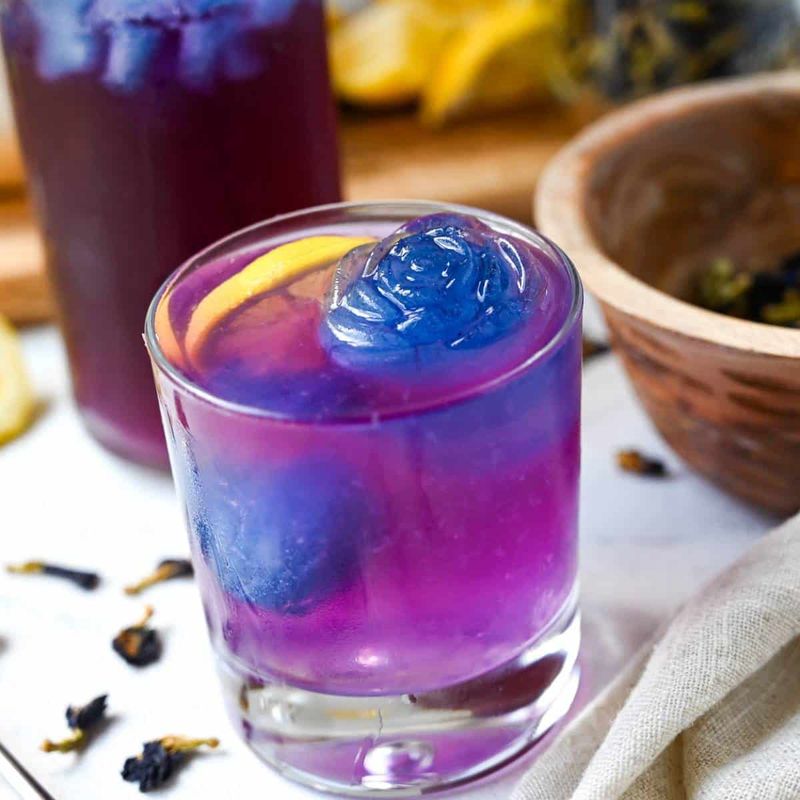
A botanical wonder from Southeast Asia, butterfly pea flower extract creates stunning blue hues that transform before your eyes. Add lemon juice, and watch it shift from deep blue to vibrant purple or pink depending on acidity levels!
Baristas and mixologists adore this natural dye for creating Instagram-worthy color-changing drinks. The Clitoria ternatea flowers yield a mild, earthy flavor that complements teas, cocktails, and desserts without overwhelming them.
Beyond its visual appeal, this extract contains antioxidants and has been used in traditional medicine for centuries. The FDA’s approval makes it officially accessible for American food producers.
3. Calcium Phosphate
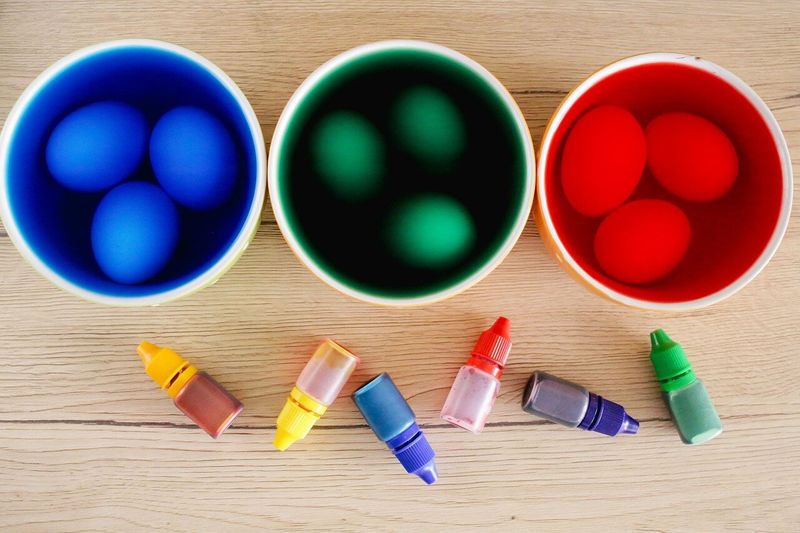
Looking for a natural way to create pristine white colors in food? Calcium phosphate provides that clean, bright appearance without artificial additives. This naturally occurring mineral adds opacity to candies, powdered foods, and dairy alternatives.
Bakers particularly appreciate calcium phosphate for creating stark white frostings and glazes. Unlike titanium dioxide (a controversial whitening agent), calcium phosphate offers nutritional benefits too – it’s a source of calcium and phosphorus that supports bone health.
The FDA’s approval highlights growing consumer demand for naturally derived ingredients. Food manufacturers can now create visually appealing white products while maintaining clean labels.
1. Beet Power
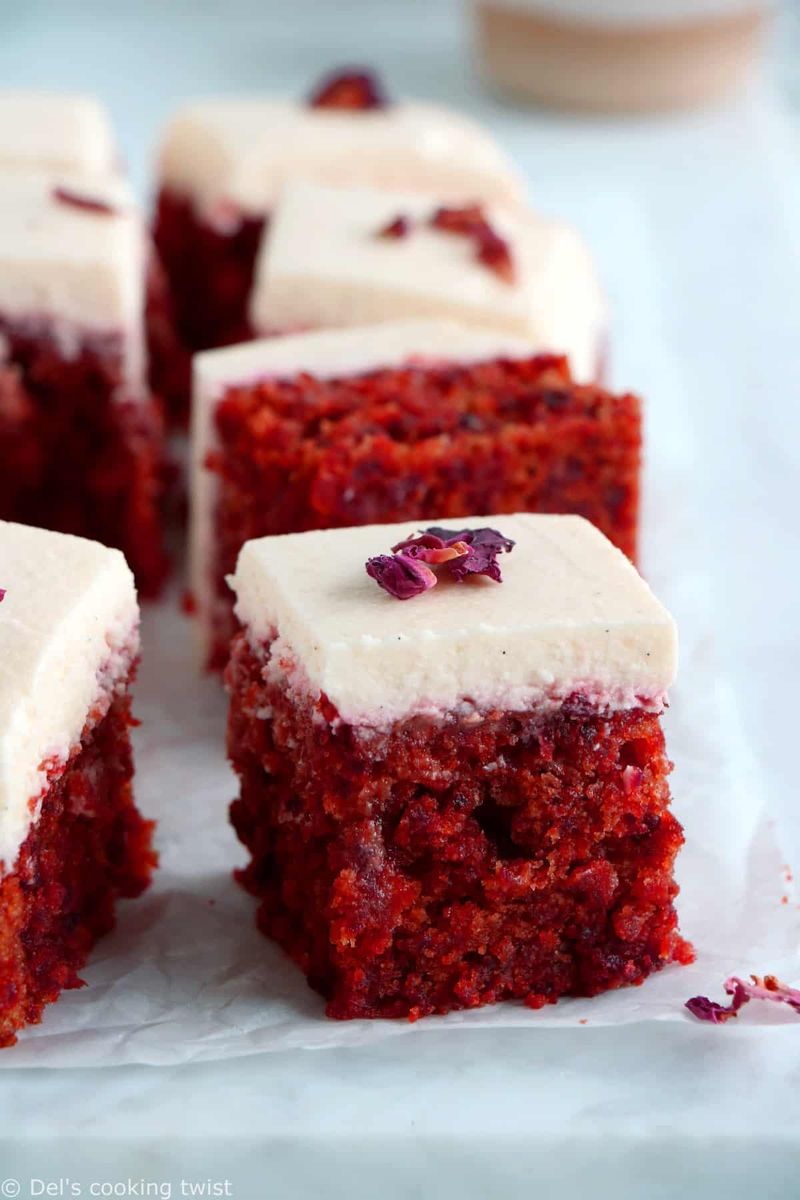
Who needs Red Dye #40 when beets offer such gorgeous crimson hues? Fresh beet juice or powdered beet root transforms ordinary recipes into ruby-colored masterpieces without artificial ingredients.
Beyond their stunning color, beets pack serious nutritional punch. They’re loaded with fiber, folate, manganese, and nitrates that may help lower blood pressure.
Try adding beet powder to cake batters for naturally pink birthday cakes kids will love. For savory applications, roast and puree beets to color homemade pasta dough or swirl into hummus for an eye-catching appetizer that tastes as good as it looks.
2. Golden Turmeric
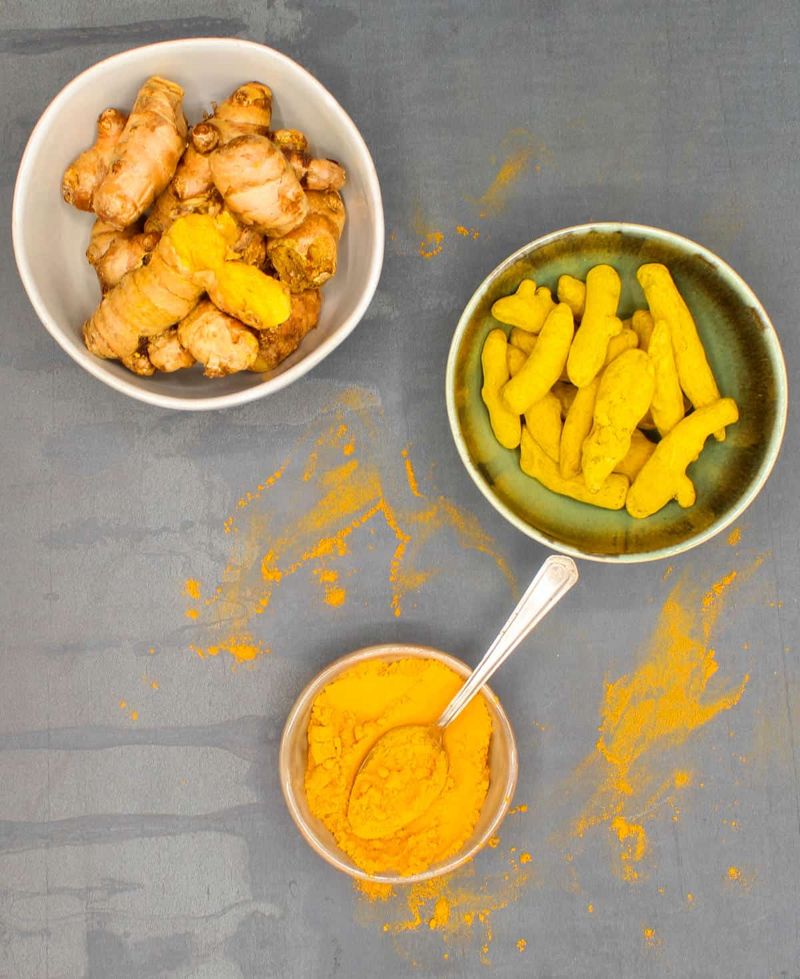
Ancient cultures treasured turmeric long before it became a modern superfood. This golden spice adds warm yellow tones to curries, rice dishes, and baked goods while bringing powerful anti-inflammatory properties to your plate.
Curcumin, the active compound in turmeric, gives it that distinctive golden hue. Just a pinch transforms bland-looking dishes into appetizing golden creations.
For the brightest color, combine turmeric with a tiny bit of oil before adding to recipes. This helps the color disperse evenly throughout your food. Remember that turmeric has an earthy flavor profile, so it works best in recipes where its taste complements the other ingredients.
3. Green Machine
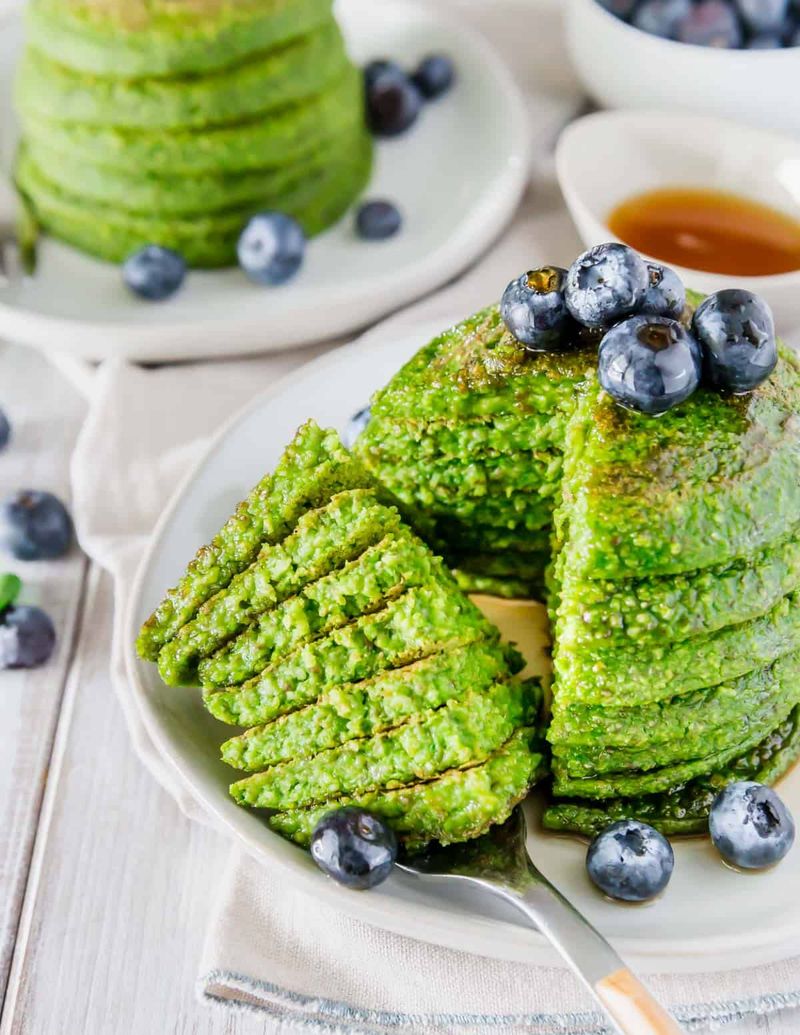
Forget artificial green dyes! Spinach and matcha powder offer gorgeous emerald tones while boosting nutrition. Spinach puree works wonders in pasta dough, pancakes, and smoothies without altering flavor significantly.
Matcha, finely ground green tea powder, delivers a more intense color with subtle grassy notes. It’s perfect for sweet applications like cookies, cakes, and ice creams where its mild bitterness balances sugary ingredients.
Both options pack serious health benefits too. Spinach delivers iron, vitamins A and C, while matcha provides antioxidants and a gentle caffeine boost. Your St. Patrick’s Day treats can now be festively green without questionable food dyes!
4. Purple Potential
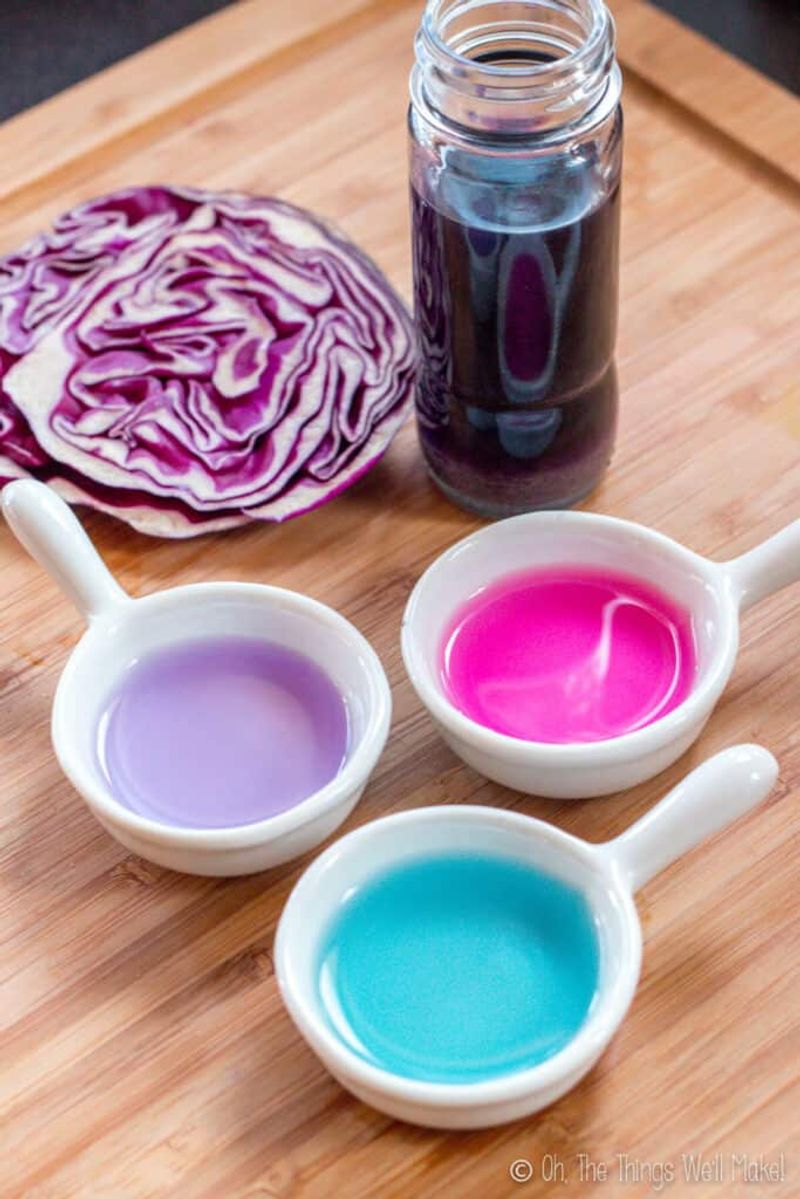
Red cabbage juice is nature’s pH indicator, creating a fascinating spectrum of colors for your culinary experiments. In acidic environments (like lemon juice), it turns bright pink; in neutral solutions, it’s purple; add baking soda for a stunning blue!
This vegetable-based dye works beautifully in frostings, drinks, and even Easter eggs. Unlike artificial colorants, red cabbage offers vitamin C and antioxidants with every vibrant hue.
Create your own by simmering chopped red cabbage in water for 10 minutes, then straining. The resulting liquid becomes your natural food coloring that can be reduced for more intensity or frozen in ice cube trays for future projects.
5. Orange Glow
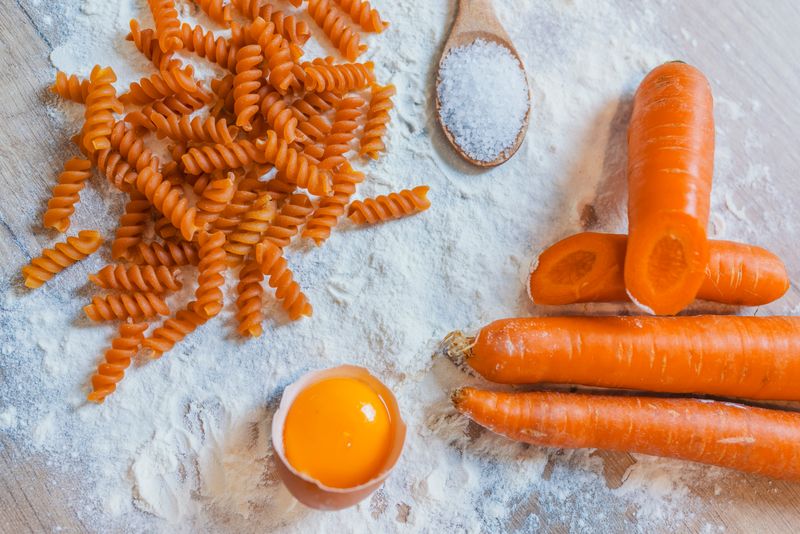
Carrots aren’t just for improving eyesight—they’re color-making powerhouses! Fresh carrot juice infuses baked goods, frostings, and sauces with a sunny orange glow while adding natural sweetness and beta-carotene.
For more intense orange without sweetness, paprika steps in beautifully. This ground pepper varies from mild to spicy, but all varieties offer that distinctive reddish-orange hue perfect for savory dishes.
Try carrot juice in pancake batter for naturally golden stacks kids will devour. For adults, paprika-tinted aioli makes a gorgeous dip for vegetables or spread for sandwiches. Both options deliver antioxidants and visual appeal without opening a bottle of artificial dye.
6. Berry Beautiful
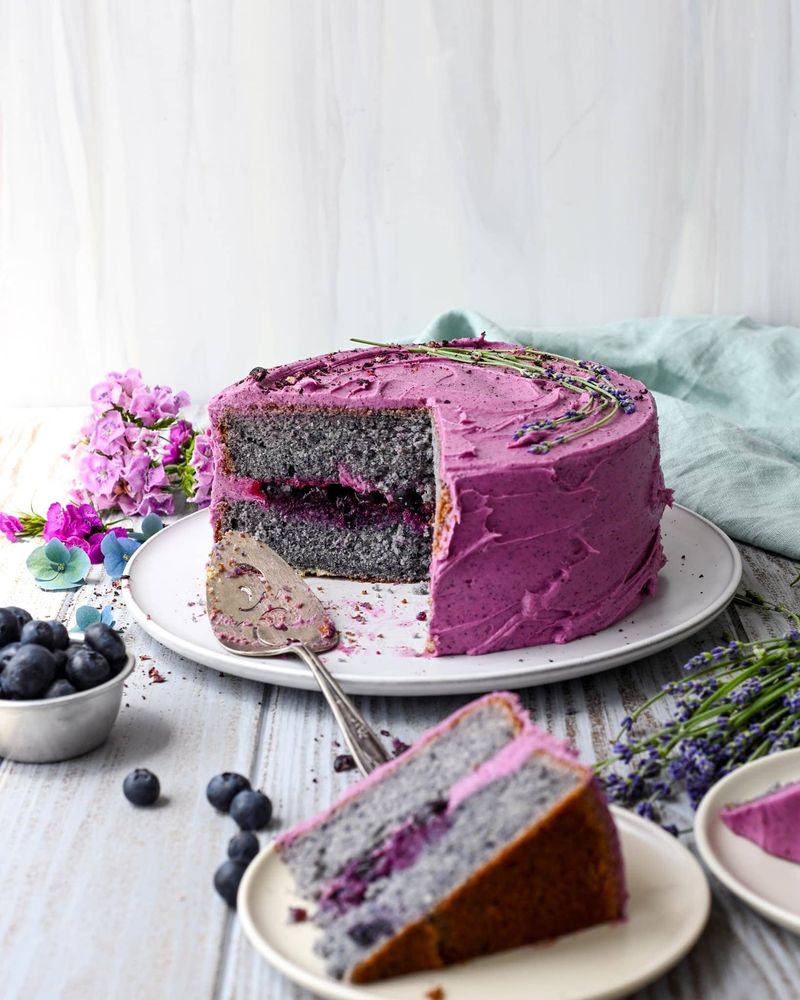
Dark berries create stunning purples and blues that artificial dyes simply can’t match. Fresh blueberry or blackberry juice adds rich color to icings, yogurt, and beverages while bringing natural sweetness and antioxidant power.
The secret to maximizing color extraction? Gently heat your berries with a splash of water, then strain through a fine mesh sieve. For deeper hues, reduce the liquid until it reaches your desired intensity.
Berry colors can be temperature-sensitive, so they’re best added to cool or room-temperature foods. These natural colorants work especially well in no-bake cheesecakes, smoothie bowls, and homemade popsicles where their fresh flavor shines alongside their beautiful color.
7. Rosy Hues
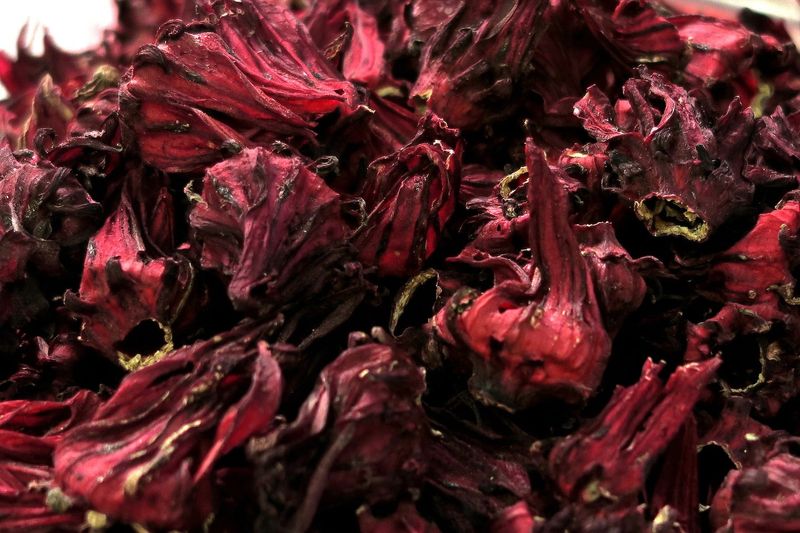
Dried hibiscus flowers steep into a magnificent ruby-red liquid that transforms ordinary foods into visual stunners. This tangy, cranberry-like flavor works wonderfully in both sweet and savory applications.
Found in Mexican agua de jamaica and Egyptian karkadeh, hibiscus has colored beverages for centuries. Today’s home cooks use it for naturally pink frosting, vibrant vinaigrettes, and even homemade food dye powders.
Rich in vitamin C and antioxidants, hibiscus offers more than just pretty color. Simply steep dried flowers in hot water for 10 minutes, strain, and use the liquid as your natural food coloring. For maximum intensity, reduce the tea over low heat until it reaches your desired concentration.
8. Annatto Seeds
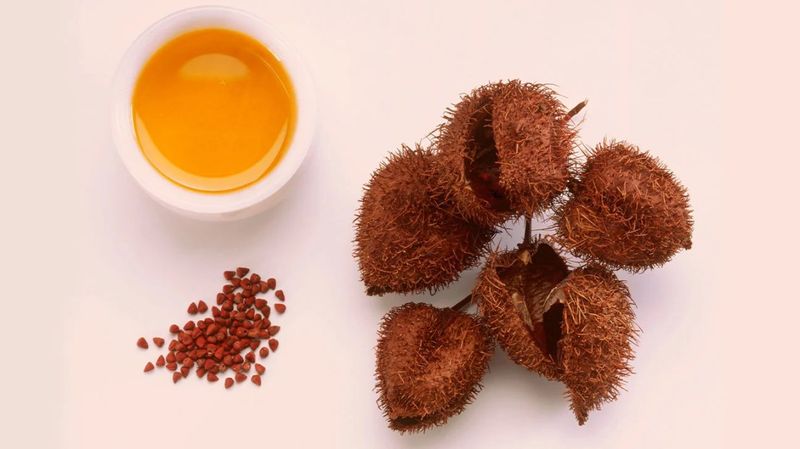
These tiny red seeds from the tropical achiote tree pack a powerful color punch! Native to Central and South America, they’ve been used for centuries as both food coloring and medicine.
Annatto creates that distinctive orange-yellow color in cheddar cheese, but works equally well in rice dishes, soups, and marinades. The flavor is subtle—slightly nutty with pepper hints.
To use at home, simmer a spoonful of seeds in oil for 5 minutes, then strain. The resulting vivid oil adds gorgeous color to anything it touches without artificial ingredients.
9. Pomegranate Juice
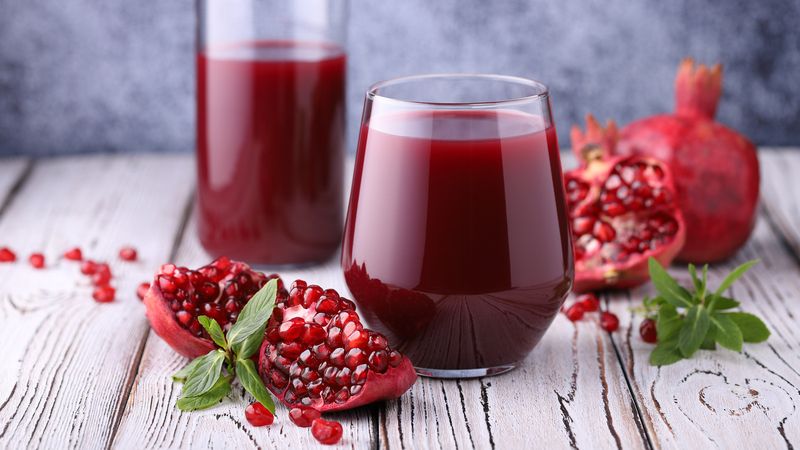
Ruby-red and bursting with antioxidants, pomegranate juice transforms plain dishes into visual masterpieces. Unlike artificial red dyes that raise health concerns, this natural alternative delivers both stunning color and nutritional benefits.
The juice works magic in frosting, giving it a beautiful pink hue without chemicals. For a show-stopping presentation, reduce the juice by simmering until syrupy—perfect for drizzling over desserts or painting onto plate edges.
Bonus tip: Freeze pomegranate juice in ice cube trays to add dramatic red swirls to lemonades and cocktails as they melt!
10. Cocoa or Coffee
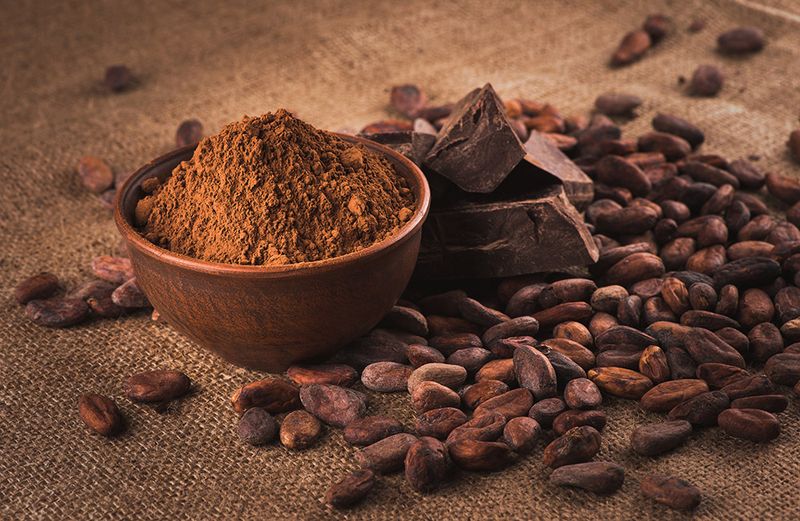
Who needs artificial brown food coloring when pantry staples like cocoa and coffee exist? Beyond their familiar flavors, these everyday ingredients create gorgeous amber-to-dark-chocolate hues in baked goods and desserts.
Coffee works especially well in chocolate recipes, intensifying both color and flavor without anyone detecting the coffee itself. For lighter applications, try using cold brew concentrate—it provides color with minimal coffee taste.
Fun fact: Professional bakers often use cocoa to create realistic “dirt” for garden-themed cakes, while a touch of espresso powder in chocolate frosting makes the color dramatically deeper without tasting like coffee!
Leave a comment